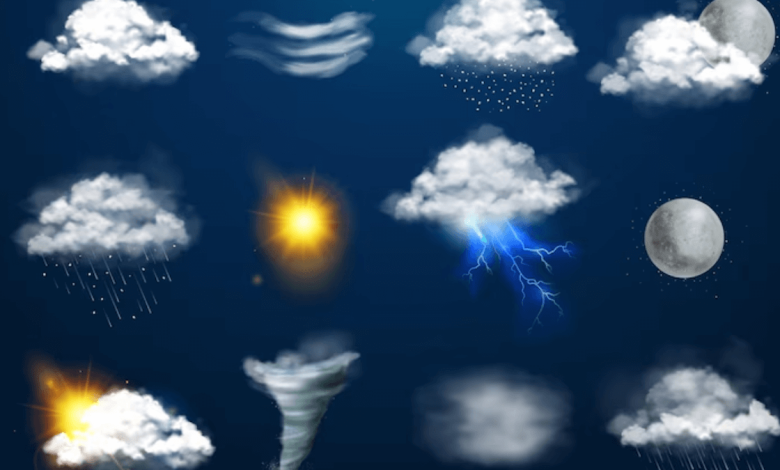South African Weather Warnings Explained: What You Need to Know for Your Safety

Decode the Colours and Numbers Behind SAWS Weather Alerts and Learn How to Respond to Keep Yourself Safe
SA Weather Warnings: Have you ever seen a red level 10 weather warning and thought, “Should I cancel my plans or brace for a disaster?” You’re not alone. South Africa’s weather can turn from sunshine to storm in the blink of an eye — and understanding the South African Weather Service (SAWS) alert system could be the difference between staying safe or being caught off-guard.
Whether you’re a parent trying to decide if it’s safe for your child to go to school or a business owner assessing flood risks, this guide unpacks exactly what each warning means and how you should react.
How the SAWS Weather Warning System Works
In 2021, the Impact-Based Severe Weather Warning System was introduced in collaboration with the National Disaster Management Centre. It uses a dual-format code of colour and number to communicate:
- The severity of the weather event
- The likelihood of it happening
This dual-code system is not just for meteorologists — it’s built for you, the average South African citizen, to understand and act on quickly.
COLOURS: What Each One Means
| Colour | Meaning | Recommended Action |
|---|---|---|
| Green | Minimal or no impact expected. | Carry on as usual. |
| Yellow | Minor disruptions possible — e.g., light flooding or wind. | Stay alert and monitor updates. |
| Orange | Significant impact likely — travel disruption, localised damage. | Prepare for possible emergency response. |
| Red | Severe impact expected — high risk to life and property. | Take immediate protective action. |
NUMBERS: The Likelihood Scale
Each colour is paired with a number (1–5) indicating how likely the event is to occur:
- 1 = Very unlikely
- 3 = Possible
- 5 = Very likely
👉 In rare and extreme cases, SAWS can issue a Level 10 alert — meaning a dangerous event is almost certain. This could be in cases of destructive hail, flash floods, or violent storms.
Example:
A Red Level 10 warning = a high-impact, high-certainty event. Think Cape Storm levels of seriousness — stay indoors, cancel school, secure your home.
Real-World Impact: Cape Storm as a Case Study
During the infamous Cape Storm, SAWS issued early warnings that helped disaster managers pre-emptively close schools. This decision significantly reduced the number of injuries and potential chaos on the roads.
The system is already helping South Africans — but only if you follow official updates.
Avoid Fake Alerts: Only Trust SAWS
The South African Weather Service is the only official authority for severe weather alerts. Don’t fall for forwarded WhatsApp messages or fearmongering posts on social media.
Fake alerts can cause panic, mislead communities, and put lives at risk. Stay updated via:
- SAWS Website
- SAWS Mobile App
- SAWS Twitter/X (@SAWeatherServic)
- Local radio and TV stations
Weather Safety Tips
- Download the SAWS app for real-time alerts
- Stock up on emergency supplies before storms
- Avoid low-lying areas during flood warnings
- Have a family safety plan in place — especially in red level alerts
- Check school or workplace protocols during severe warnings
Bonus Tip: Insurance Prep
Many insurance providers require documentation if your home or car is damaged during severe weather. Take before-and-after photos and log the weather alert for your records — especially during Orange or Red warnings.
Final Thoughts
South Africa’s weather is beautiful — but it can be deadly. Understanding and respecting the SAWS impact-based warning system empowers you to protect your loved ones and community. Next time you see that red icon, you’ll know exactly what to do.



